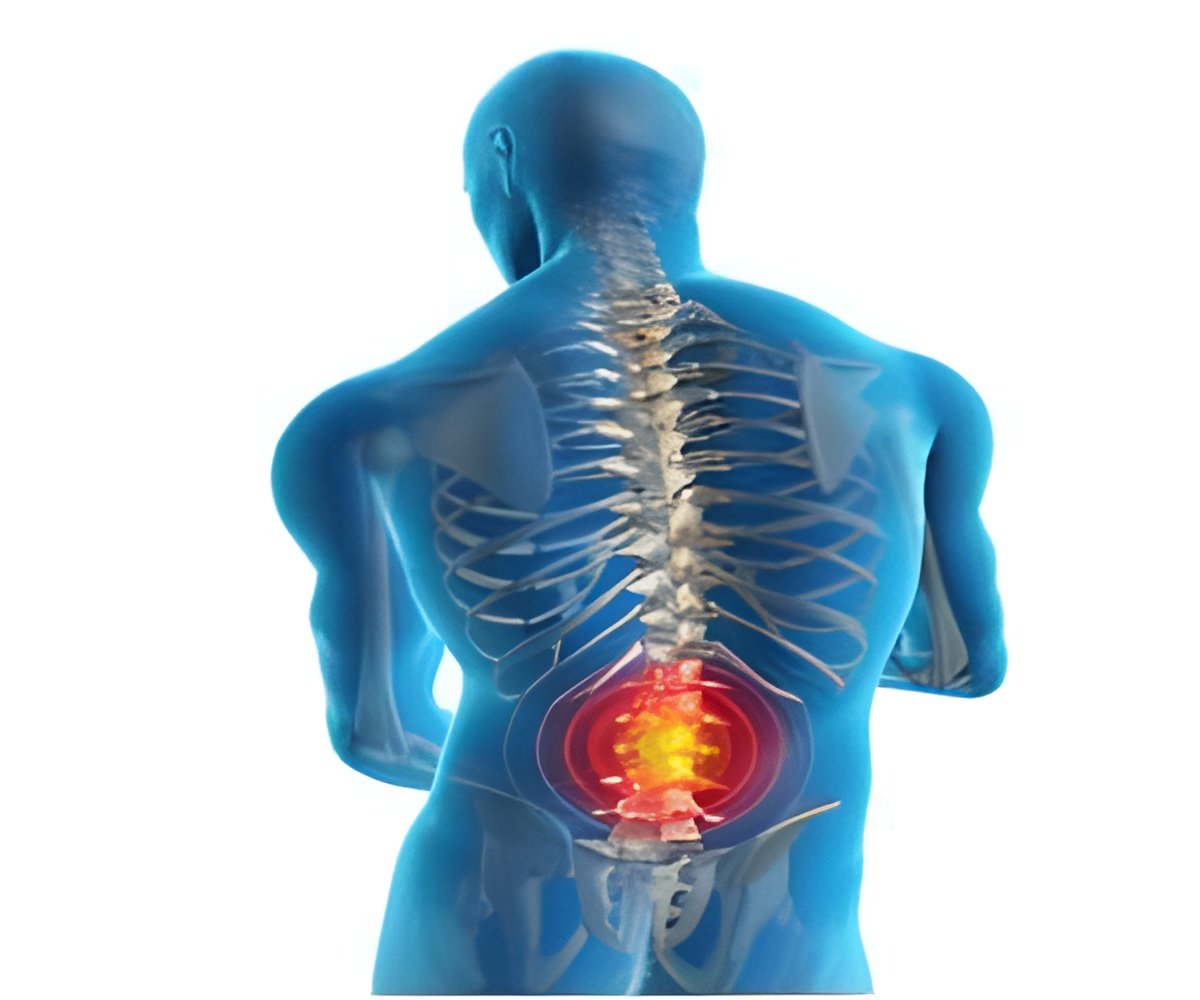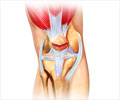
Taking viewers across the globe to Brazil, Canada, India, Jordan and Switzerland, the photographic essay captures a typical day in the lives of six people with spinal osteoporotic fractures. At times touching and sad, at times hopeful, the photographs provide an intimate portrait of the daily challenges of living with osteoporosis.
Spinal fractures caused by osteoporosis are all too often dismissed as simple back pain or arthritis and so often do not come to clinical attention, thereby remaining undiagnosed and untreated. Even when referred to a doctor, only about 40% of older women with spinal fractures visible on X-ray are tested for osteoporosis and the figure is even lower in men (less than 20%). Speaking at the event, Prof. Steven Boonen of the University of Leuven, Belgium, said, "It is essential that spinal fractures are identified and treated before further fractures occur. Unless treated, as many as one in five women with a spinal fracture will sustain another within twelve months."
The repercussions of spinal fractures can be severe. Spinal fractures can result in stooped back, acute and chronic back pain, loss of height, immobility, depression, increased number of bed days, reduced pulmonary function and even premature death.
Spinal fractures also represent a significant socio-economic burden. It is estimated that around the world one spinal fracture occurs every 22 seconds. "In Europe, new cases of spinal osteoporotic fractures were estimated to cost 719 million EUR in year 2000," said Professor Jean-Yves Reginster, University of Liège, Belgium. Despite only a minority of spinal fractures coming to clinical attention, in the UK alone, they account for around 2,188 hospital admissions each year in patients 45 years and over. These direct costs do not take into account indirect costs such as lost working days, need for caregivers, and the long-term impact on the patients' quality of life or ability to work.
Costs associated with all osteoporotic fractures are predicted to rise markedly over the next 40 years as the population ages. In Europe the population aged 80 years or more will increase by 160% in women and by 239% in men between 2000 and 2050. As a result, the total direct costs of osteoporotic fractures in Europe are projected to increase from a current 36 billion EUR annually, to 54 billion and 77 billion EUR in 2025 and 2050 respectively.
Advertisement
"Prevention of all osteoporotic fractures, including spinal fractures, must be a key public health goal. Diagnosis and early intervention would advance this goal, leading to a reduced burden of disease, along with dramatic improvements in the quality of life of those who suffer from osteoporotic fractures," said IOF CEO Patrice McKenney.
Advertisement
Source-Eurekalert









